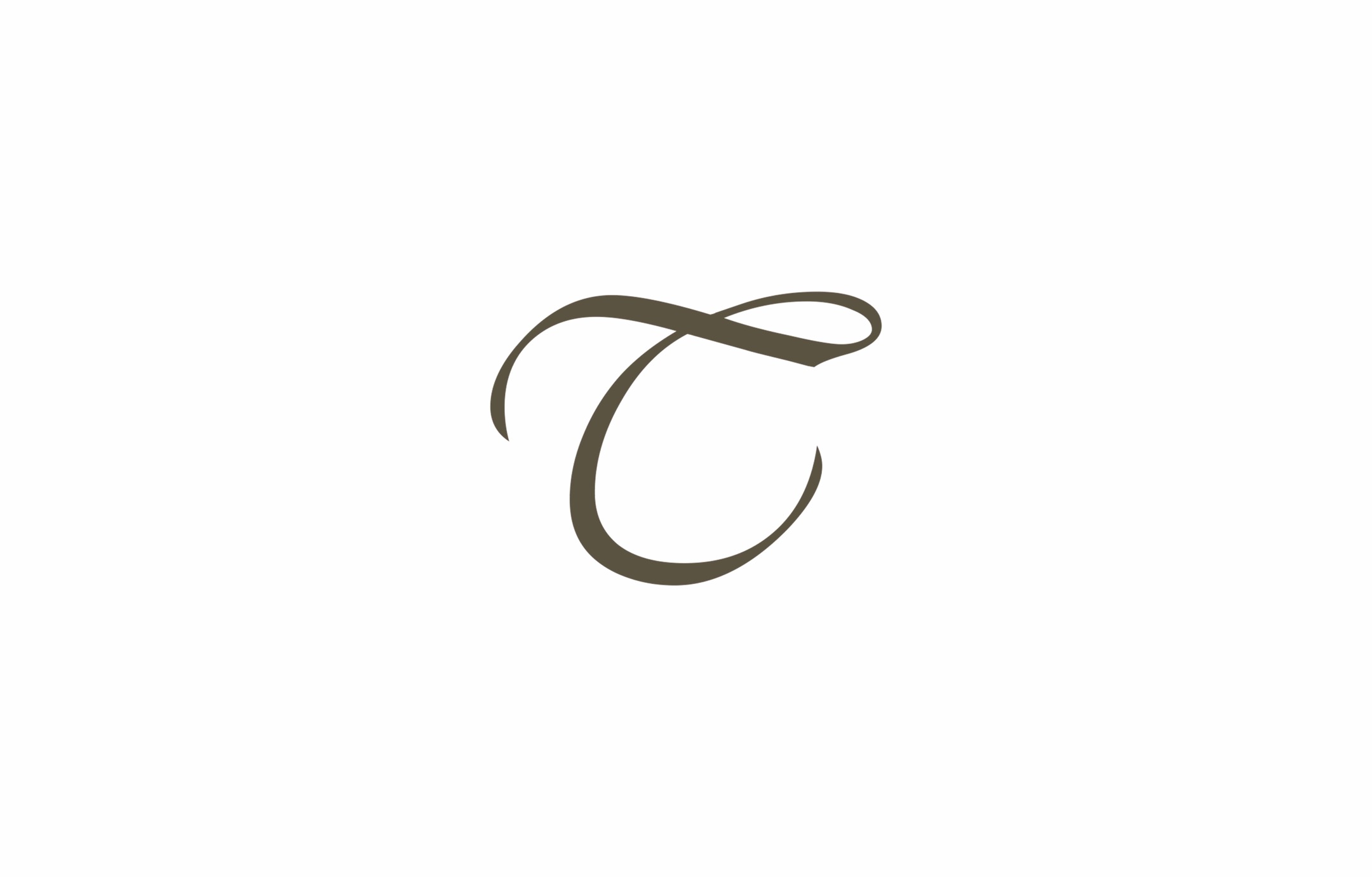The Material Speaks: On Craft as Dialogue and Concept
In most modern systems of design and production, material is treated as a silent carrier of form. It is shaped, carved, cast, printed, or stitched upon—a substrate awaiting transformation. Within the philosophical worldview of indigenous Indian craft traditions, however, material is never silent. It does not simply receive meaning; it generates it. Material, in this context, is a living collaborator. It remembers. It resists. It teaches. The craftsperson does not dominate the material; they enter into a relationship with it. This relationship is not external to the meaning of the work; it is its very ground.
At Takshni, we believe that to understand indigenous craft is to understand this principle: material is not a passive tool; it is part of the concept itself.Form is not imposed upon matter; it emerges through a process of listening, responding, and co-shaping. This way of thinking is not a metaphor. It is embedded in centuries of practice across Indian craft lineages. It is evident in the choices, adjustments, and rituals of makers who have worked in deep relationship with the natural world.
Consider, for instance, the Dhokra metal casters of Odisha, whose lost-wax casting technique dates back over four thousand years. In this tradition, the final form is shaped by fire, beeswax, and the memory of the metal. The maker sculpts the figure in wax, encases it in clay, and pours molten brass into the mold; the wax is lost, the form is born. The process demands precision, but not of the industrial kind. It requires attention to temperature, rhythm, and the behaviour of the metal. It is the material that tells the artisan when to stop pouring, when to release the mold, when the form has arrived.
This process is not reducible to a technique. It is a dialogue between the material, the hand, and the environment. Each Dhokra figure—whether a tribal deity, an elephant, or a ceremonial bell—carries the trace of this dialogue. The uneven texture, the subtle asymmetries, the burnished edges are not flaws; they are records of negotiation. The brass is not simply used; it is encountered.
In Kashmir’s papier-mâchétradition, too, the material is more than a means of decoration. Papier-mâché, brought to the Valley by Persian artisans in the 15th century, is made from pulped waste paper, which is pressed, dried, and shaped into intricate vessels and boxes. The surface is then hand-painted with delicate floral motifs, Islamic arabesques, or scenes of local life. Yet beneath the embellishment lies a quiet philosophy of regeneration. Waste becomes art. Fragile matter becomes resilient through care.
Artisans often describe the paper as having a temperament. It must be soaked for just the right number of days to achieve pliability. The layering of pulp, the drying in low light, the gentle rubbing with stones—each gesture requires attentiveness. The artisan does not rush. The material refuses to be rushed. What emerges is not only a finished object, buta record of time, patience, and relationship.
When we speak of material as concept, we refer to this relational awareness. The concept is not outside the making. It is revealed through making. Each fold of paper, each turn of the chisel, each stroke of pigment is part of a conversation. The artisan listens to the material’s limits, its memory, its desires. This is not romanticism. It is practice. It is method.
The shift away from this dialogue begins when material is treated as static and interchangeable—when design is pre-decided, digitalised, and detached from the source. In many contemporary production models, material is sourced without knowing its landscape, its seasons, or its stories. Artisans are given templates to execute rather than invited to co-create. In such systems, material becomes inert; the object becomes commodity; and craft loses its ground.
This loss is not only aesthetic. It is ethical. When we cease to engage material with attention, we also cease to engage the artisan as a thinker. The intelligence embedded in indigenous craft is not only visual or functional. It is conceptual. It asks what it means to make with care, what it means to wait, to feel, to yield. The materials of Odisha and Kashmir carry within them the histories of land, climate, displacement, and resistance. Their textures are not incidental. They are evidence.
At Takshni, we honour this material intelligence. Whether it is cloth, metal, earth, or paper, we approach each material not as background, but as foreground. We work to restore the visibility of the material’s role—not only in the final product, but in the very thinking that precedes it. The crack in the Dhokra cast, the weight of the lacquer, the warp of the hand-spun thread—each holds a story that no machine can replicate.
To engage with craft in this way is to engage in a pedagogy of presence. It is to understand that to work with material is to enter into a field of consciousness—where the act of shaping is also an act of learning. Where the artisan does not extract from the world, but speaks with it. Where each object is not just a result, buta residue of a dialogue that continues.
